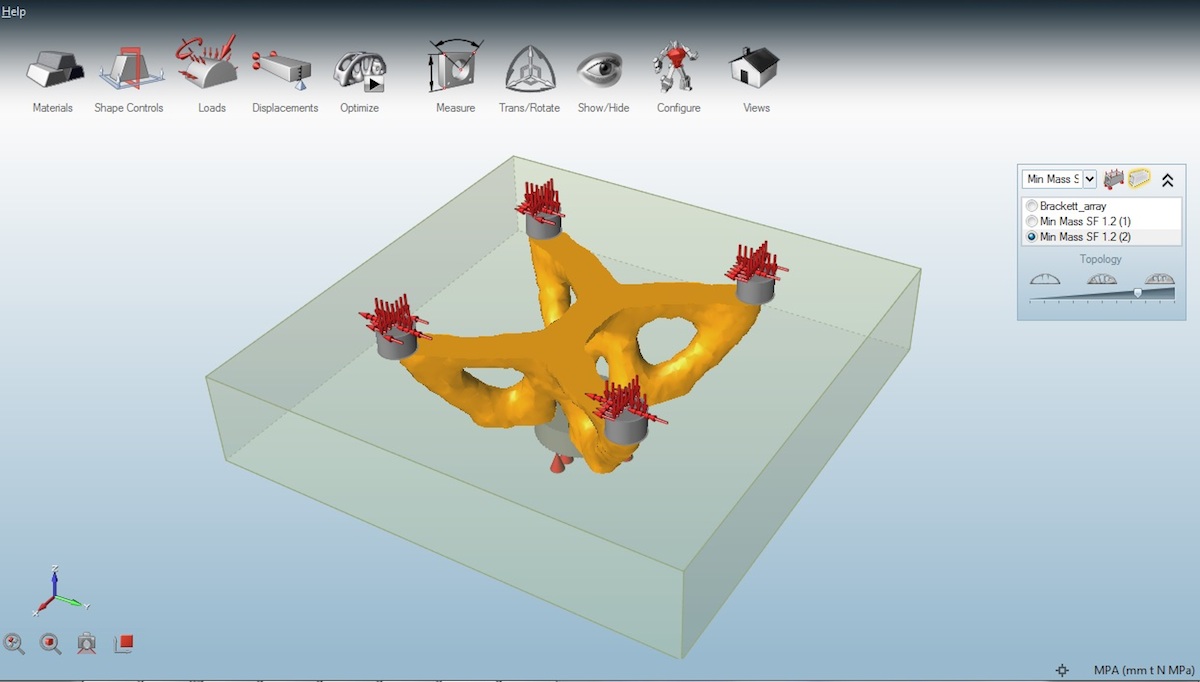

Your mammogram report will also include an assessment of your breast density, which is a description of how much fibrous and glandular tissue is in your breasts, as compared to fatty tissue. Mammograms may be used in this way to see how well the cancer is responding to treatment. This category is only used for findings on a mammogram that have already been shown to be cancer by a previous biopsy. Known biopsy-proven malignancy – Appropriate action should be taken The findings look like cancer and have a high chance (at least 95%) of being cancer. Highly suggestive of malignancy – Appropriate action should be taken For this reason, this category is often divided further:ĤA: Finding with a low likelihood of being cancer (more than 2% but no more than 10%)ĤB: Finding with an moderate likelihood of being cancer (more than 10% but no more than 50%)ĤC: Finding with a high likelihood of being cancer (more than 50% but less than 95%), but not as high as Category 5

The findings in this category can have a wide range of suspicion levels. The radiologist is concerned enough to recommend a biopsy.

Suspicious abnormality – Biopsy should be consideredįindings do not definitely look like cancer but could be cancer. This approach helps avoid unnecessary biopsies, but if the area does change over time, it still allows for early diagnosis.

You will likely need follow-up with repeat imaging in 6 months and regularly after that until the finding is known to be stable (usually at least 2 years). But since it’s not proven to be benign, it’s helpful to see if the area in question does change over time. The findings are not expected to change over time. The findings in this category have a very high chance (greater than 98%) of being benign (not cancer). Probably benign finding – Follow-up in a short time frame is suggested This finding is recorded in your mammogram report to help when comparing to future mammograms. This ensures that others who look at the mammogram will not misinterpret the benign finding as suspicious. This is also a negative mammogram result (there’s no sign of cancer), but the radiologist chooses to describe a finding known to be benign, such as benign calcifications, lymph nodes in the breast, or calcified fibroadenomas. In this case, negative means nothing bad was found. Your breasts look the same (they are symmetrical) with no masses (lumps), distorted structures, or suspicious calcifications. There’s no significant abnormality to report. This may also suggest that the radiologist wants to compare your new mammogram with older ones to see if there have been changes in the area over time. This means the radiologist may have seen a possible abnormality, but it was not clear and you will need more tests, such as another mammogram with the use of spot compression (applying compression to a smaller area when doing the mammogram), magnified views, special mammogram views, or ultrasound. Incomplete - Additional imaging evaluation and/or comparison to prior mammograms is needed. This makes communicating about these test results and following up after the tests much easier. This system (called the Breast Imaging Reporting and Data System or BI-RADS) sorts the results into categories numbered 0 through 6.īy sorting the results into these categories, doctors can describe what they find on a mammogram using the same words and terms. What is a BI-RADS assessment category?ĭoctors use a standard system to describe mammogram findings and results. You should talk to your doctor about your mammogram's category and what you need to do next. A doctor called a radiologist will categorize your mammogram results using a numbered system.


 0 kommentar(er)
0 kommentar(er)
